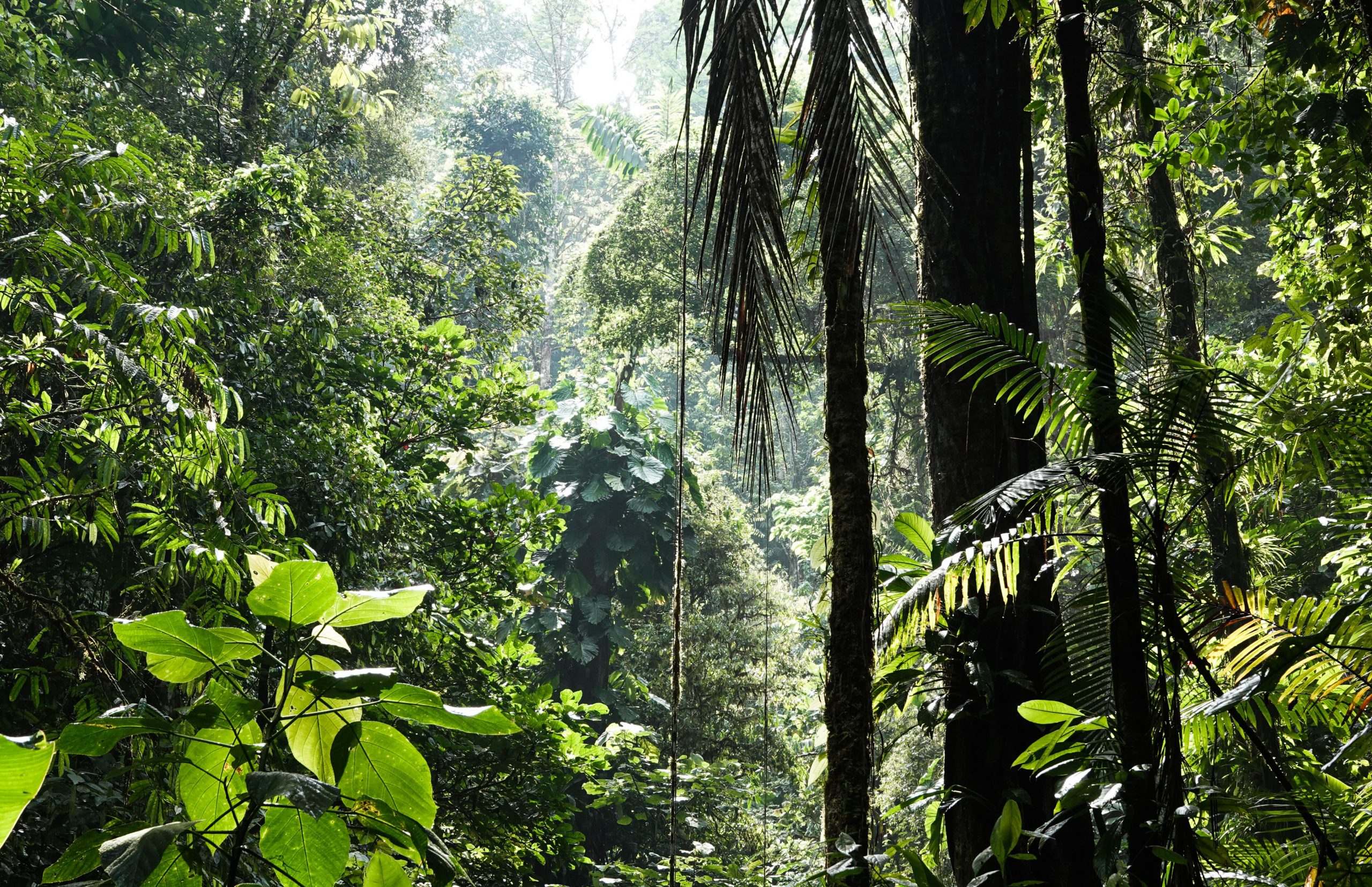What are school strikes?
School strikes, inspired by the action taken by Greta Thunberg, are a direct challenge to leadership (teachers, governments and parents). Students are absent from school, usually without permission, and instead go to a public place with placards explaining that they are on strike, and why.
The objective is to make the news, in order to:
- remind the more complacent members of our society that climate change is a problem
- remind other campaigners that they’re not alone
- and make it harder for your government to continue with climate-damaging policies
Not to be taken lightly, school strikes have been proven to be a valuable attention-raising tool in the fight against climate change.
Should I take part in a school strike?
Whether or not to participate in a school strike is not an easy decision to make. It’s a direct challenge to the way things have always been done; you must balance the risk of damaging your education and future work prospects against the risk that your future (as previous generations have known it) is at stake.
Is it worth it? Perhaps it depends on where you are in your school career. If you are approaching your exams, you might take a different view of the risks compared to if you are at a less critical stage in your school career. At all stages, speak to your parents and teachers to explain, and ask the teachers if they would be prepared to send you a copy of the lesson materials so you don’t miss out. Students with good behaviour records, who can explain their actions in a reasoned way and collaborate with teachers to limit the disruption to their education will probably suffer less negative consequences than others might; but ultimately the school will have behaviour standards to uphold and you may well face punishment of some kind.
Ultimately it is a personal decision.
How can I make my school strike effective?
Ideally, do it on the same day as an organised protest to maximise your impact.
Make sure you do your preparation. Make effective, eye-catching placards, prepare your statement so you know what your demands are, prepare a press release and tell your local media so they can arrange to cover the strike.
On the day, take photos to prove it happened, and make sure you take some in landscape (wide) format as this works best on media websites. Of course, take photos and video and share them on TikTok and Instagram too (but you didn’t need us to tell you to do that, right?) You might not be on Facebook, but the audience you need to convince is, so get someone to post your media to Facebook too, and send them to your local newspaper.
How can I support school strikes responsibly?
Supporting school strikes as a student leader
If you are a student leader (e.g. a class representative, head of house, or head girl/boy) take advantage of your role and speak to the school’s senior leadership team. A well-argued case could change the whole school’s policy. Maybe a compromise could be reached, e.g. a lunchtime protest. This could still make the news – local newspapers are desperate for stories – so you will have achieved your objective of bringing the climate crisis to people’s attention, while not losing any study time.
Supporting school strikes as a teacher, governor or member of the school leadership team
If you are a teacher, a governor or a member of the school’s leadership team, talk to each other about whether the school policy should be to support strikes, and how the effect on learning could be minimised, while maximising the effectiveness of the strike. Pro-active leadership, demonstrating that you care about both the climate and education could be more effective than attempting to manage rebellion (particularly as those rebelling may well be your most caring, thoughtful and high-achieving pupils).
If you teach art, tech or graphic design, help your students design and create posters and placards.
If you teach English, media studies, or business studies, help your students prepare a press release and rehearse press interviews.
If you teach science, make sure your students understand the environmental chemistry and biology that’s relevant to their protest so they are well informed.
If you teach maths, help your students with any statistics they are interpreting or quoting so they don’t accidentally make false claims.
If you teach history, geography or sociology, teach your students about the historic and current inequities that have contributed to the unfair burden of climate change experienced by the global South; and strategies that go towards making that right, like targeted assistance for developing countries, and respecting indigenous rights.
Supporting school strikes as a parent
As a parent, talk to your child about school strikes, and how they could participate safely and avoid damage to their education. Help them to make good choices regarding which strikes to support and when.
Image credit: photo by Callum Shaw on Unsplash
